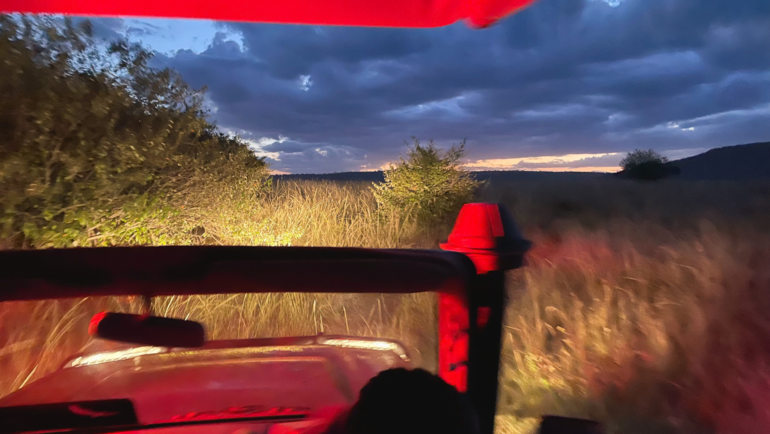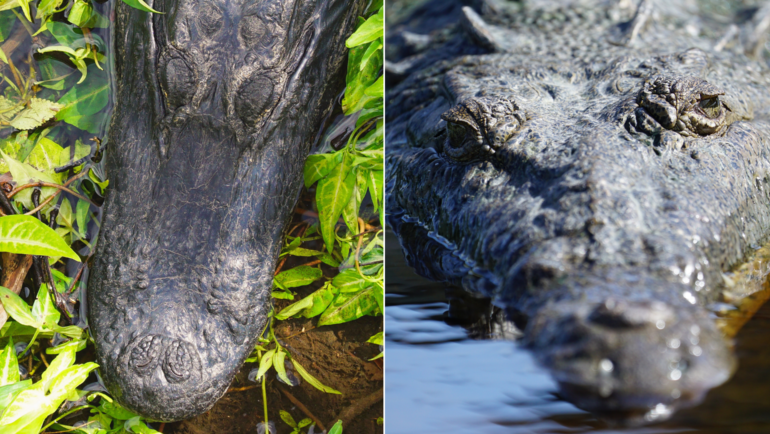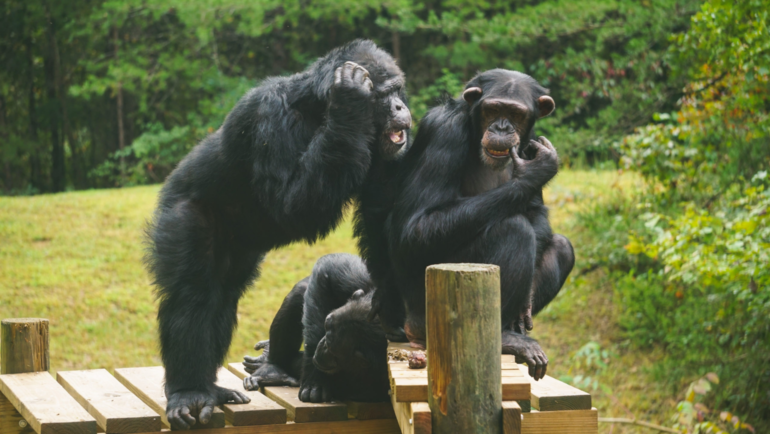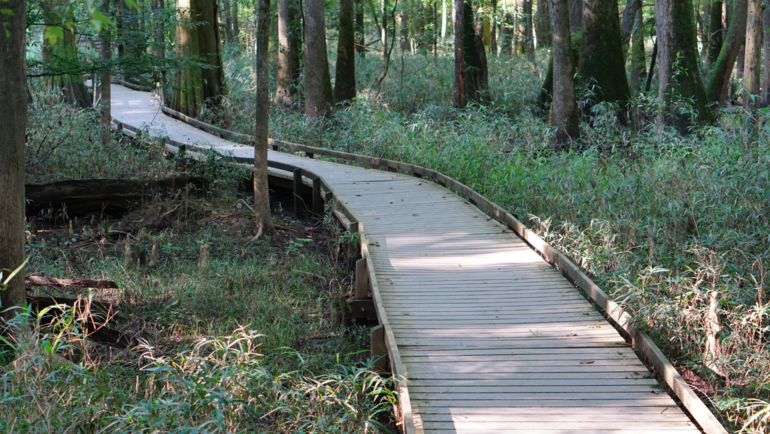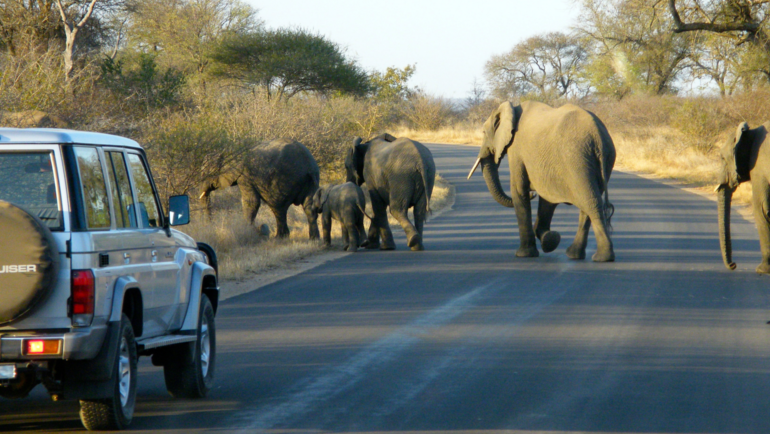Is visiting Nairobi National Park really worth it? Harsh, I know right… But the reality is many people ask this very question when planning their travels to Kenya. Located just 15 minutes from the center of East Africa’s largest city. Nairobi National Park is world-famous for being the most urban national park anywhere around the globe. The park’s metropolitan setting really sets it apart! Nairobi is Kenya’s heartbeat and is considered by many to be the safari capital of Africa! Bosting over FOUR MILLION residents, Nairobi even dwarfs Los Angeles’ population. Yet somehow the sprawling skyscrapers are flanked by a slice of the African wilderness. But past the novelty of this urban oasis, how does Nairobi National Park compare to other wildlife destinations?
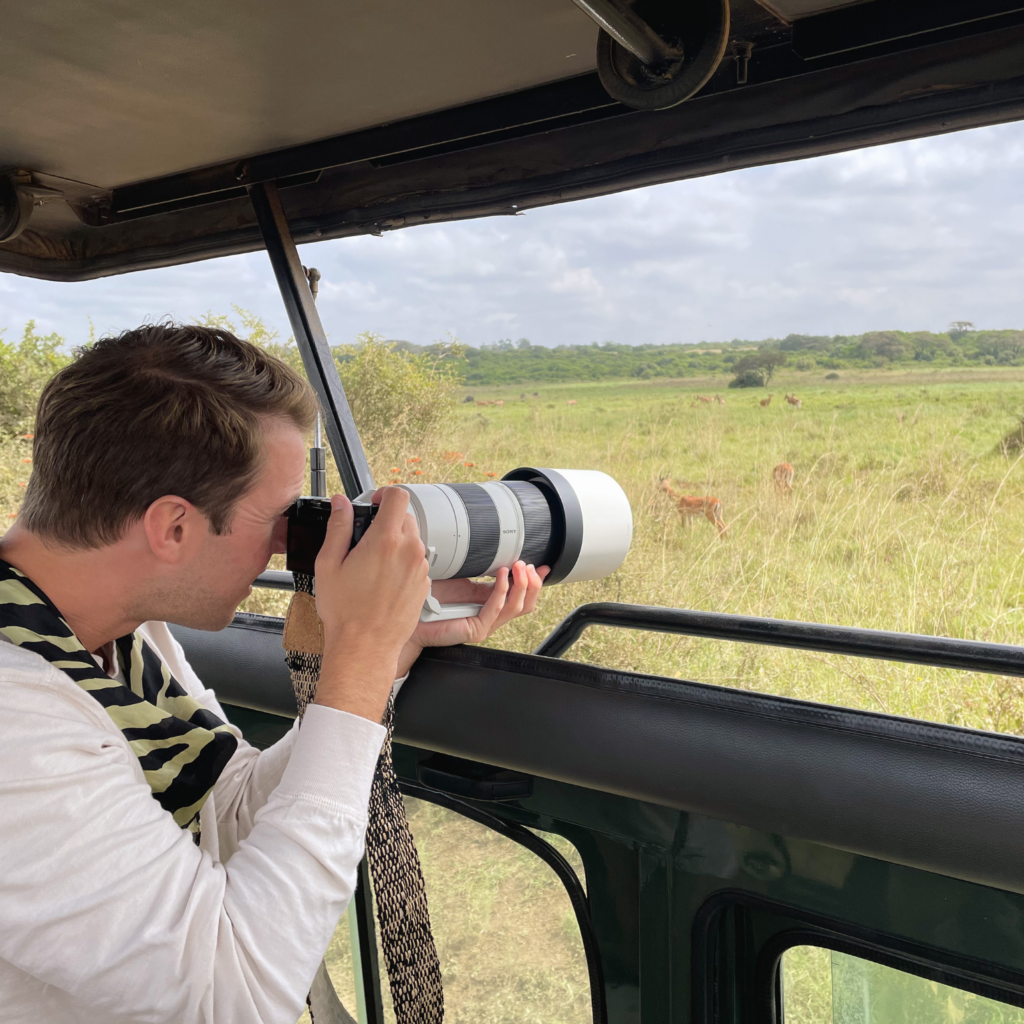
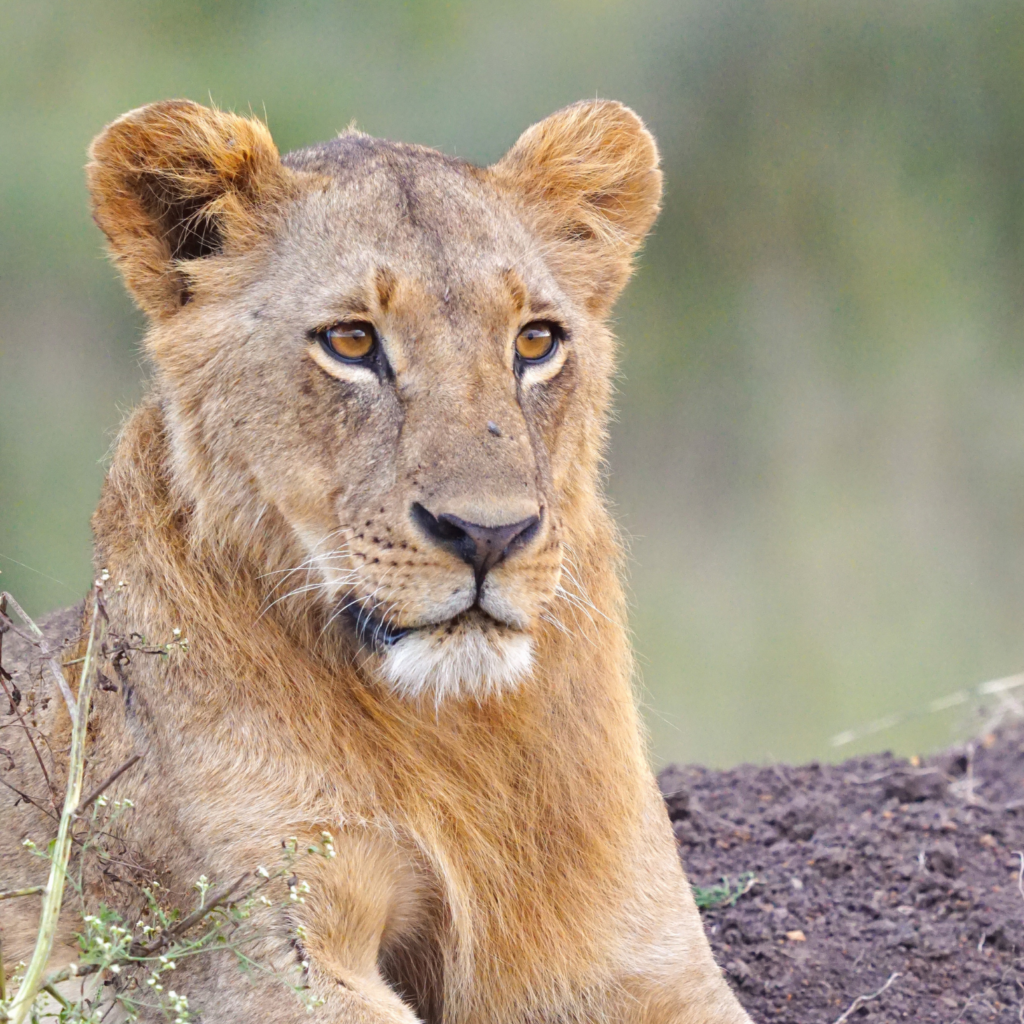
Does Nairobi National Park Measure Up?
As Kenya’s first national park, Nairobi National Park has been a wild haven for the capital city since 1946. At 45 square miles (117 square kilometers) Nairobi National Park is small compared to most national parks. For reference, Yellowstone National Park is a whopping 3,400 square miles (8,805 square kilometers)! In fact, because of the park’s metropolitan neighbors, the preserve is lined on three sides by an electrified fence, only leaving the southern border open to migration patterns. This fence line not only provides safety for the human residents of Nairobi but also ensures a safer environment for the animal residents to thrive.
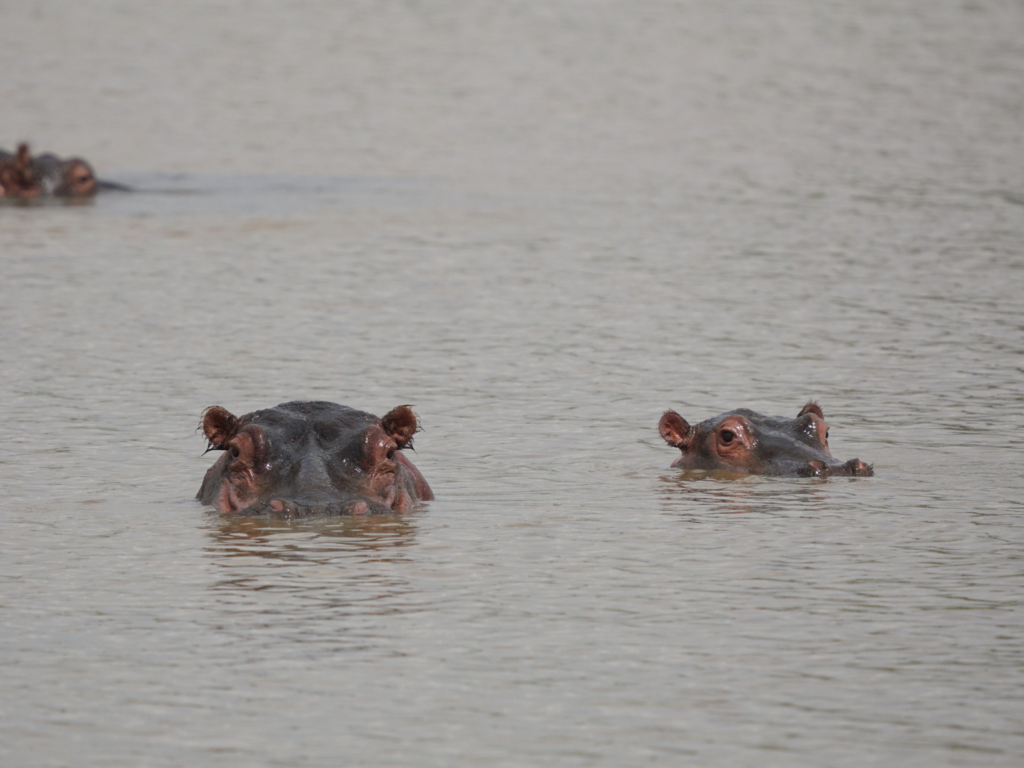
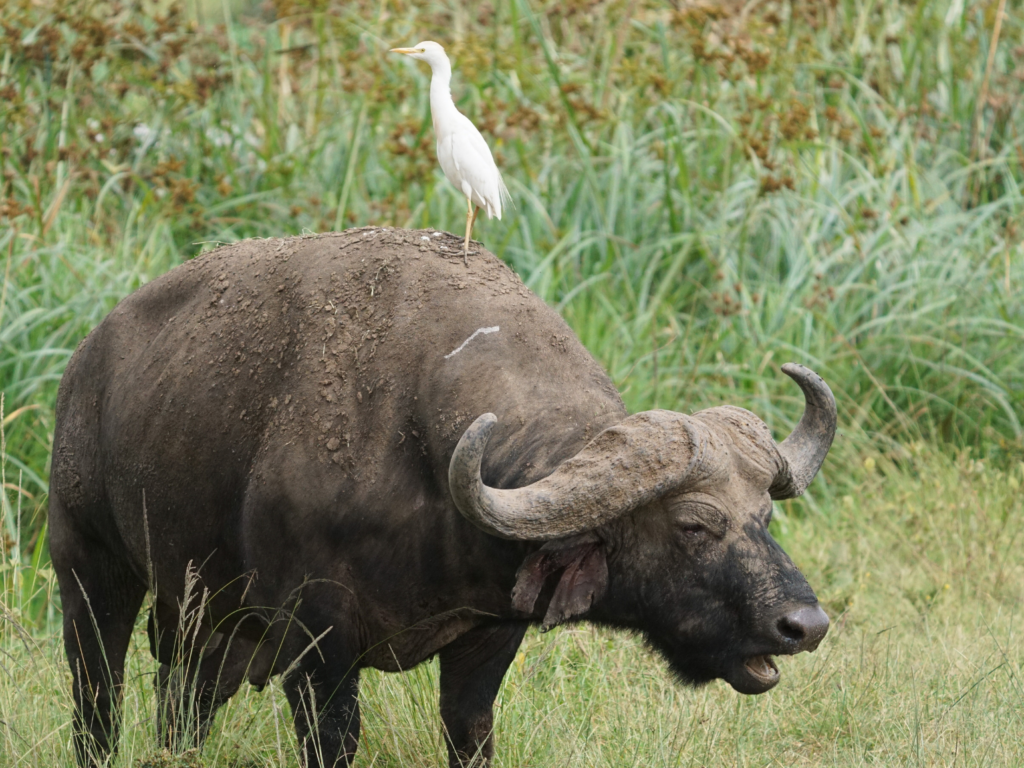
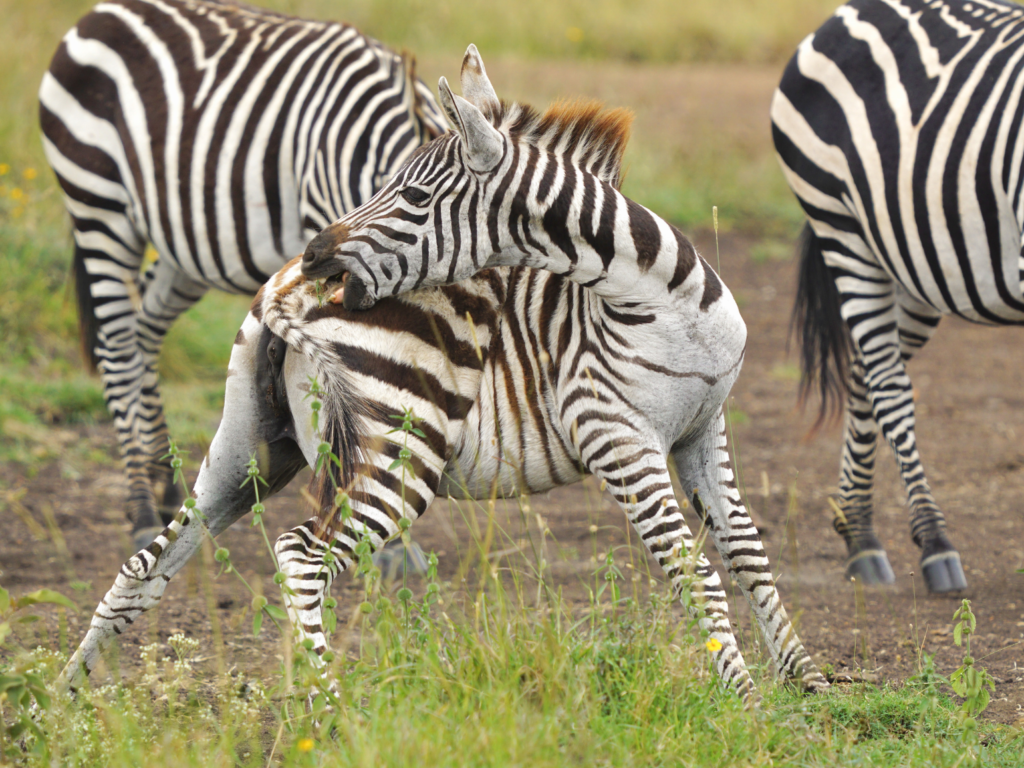
Size and barriers aside Nairobi National Park’s landscape hosts thousands of wild animals at home in various ecosystems. Primarily the park consists of open grasslands dotted with scrub and upland forests, making it an ideal habitat for many of Kenya’s native species. It is known for healthy populations of cape buffalo, Masai giraffe, plains zebra, impala, ostrich, and hippo. And where there is prey, there are often predators! Within Nairobi National Park’s boundaries live prides of lion, spotted hyena, jackal, and even elusive leopard and cheetah. But given the relatively restrictive size of the park, its carrying capacity for predators is limited. Most are shocked to learn that Nairobi National Park is home to a nearly complete set of Kenyan species. Only leaving the most formidable creature, elephants, out of the landscape. Simply put the park is too small for their massive appetites, plus elephants would destroy the three-sided fence in no time.
Even with its impressive biodiversity of wildlife species, for many, the same question lingers. Is Nairobi National Park really worth a visit or does it merely stand out when compared to its bustling city next door?
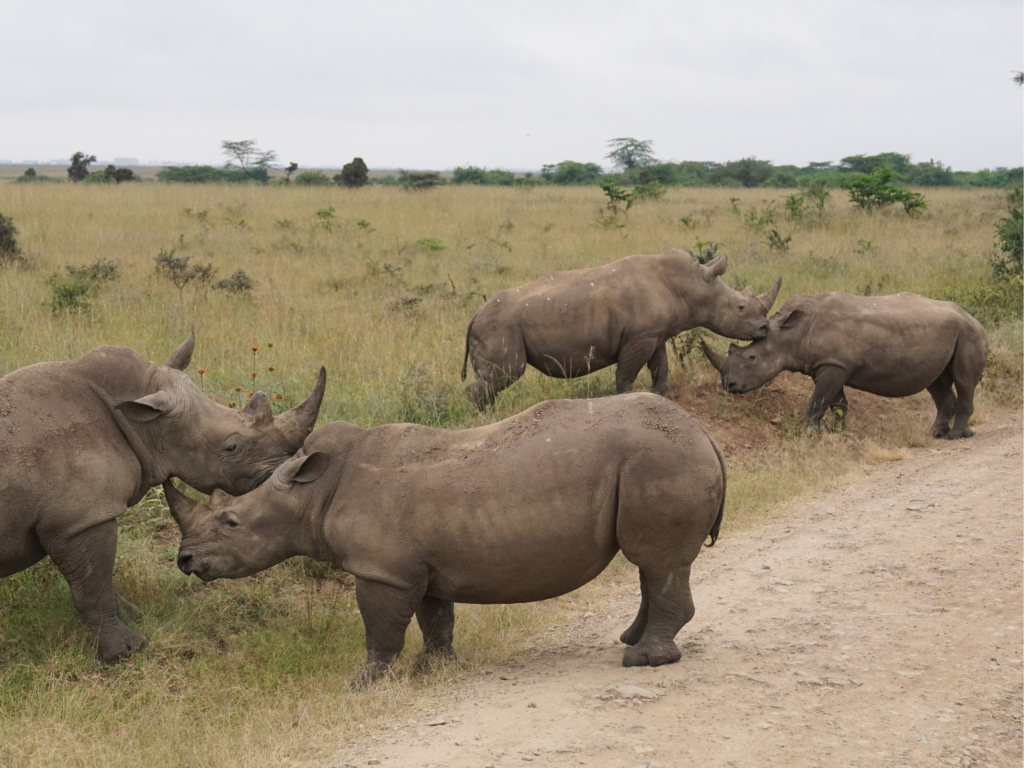
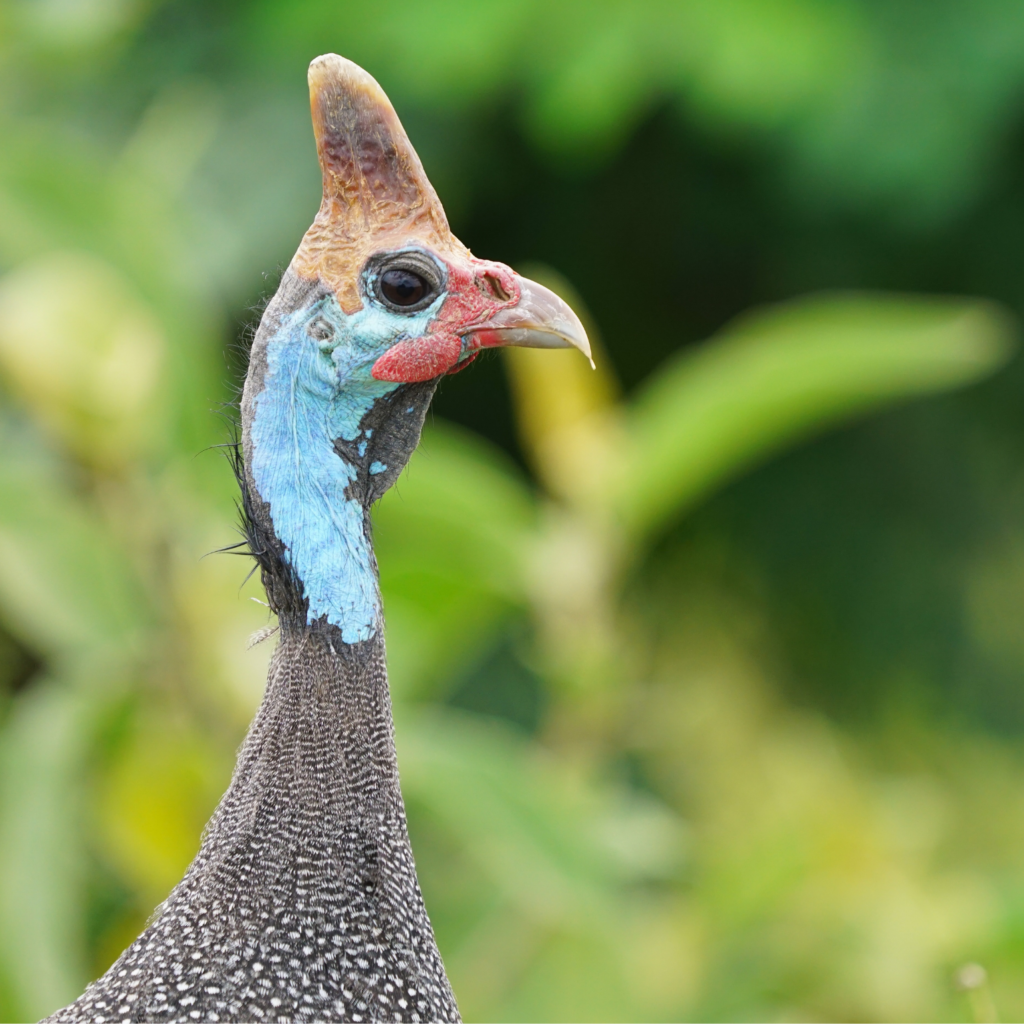
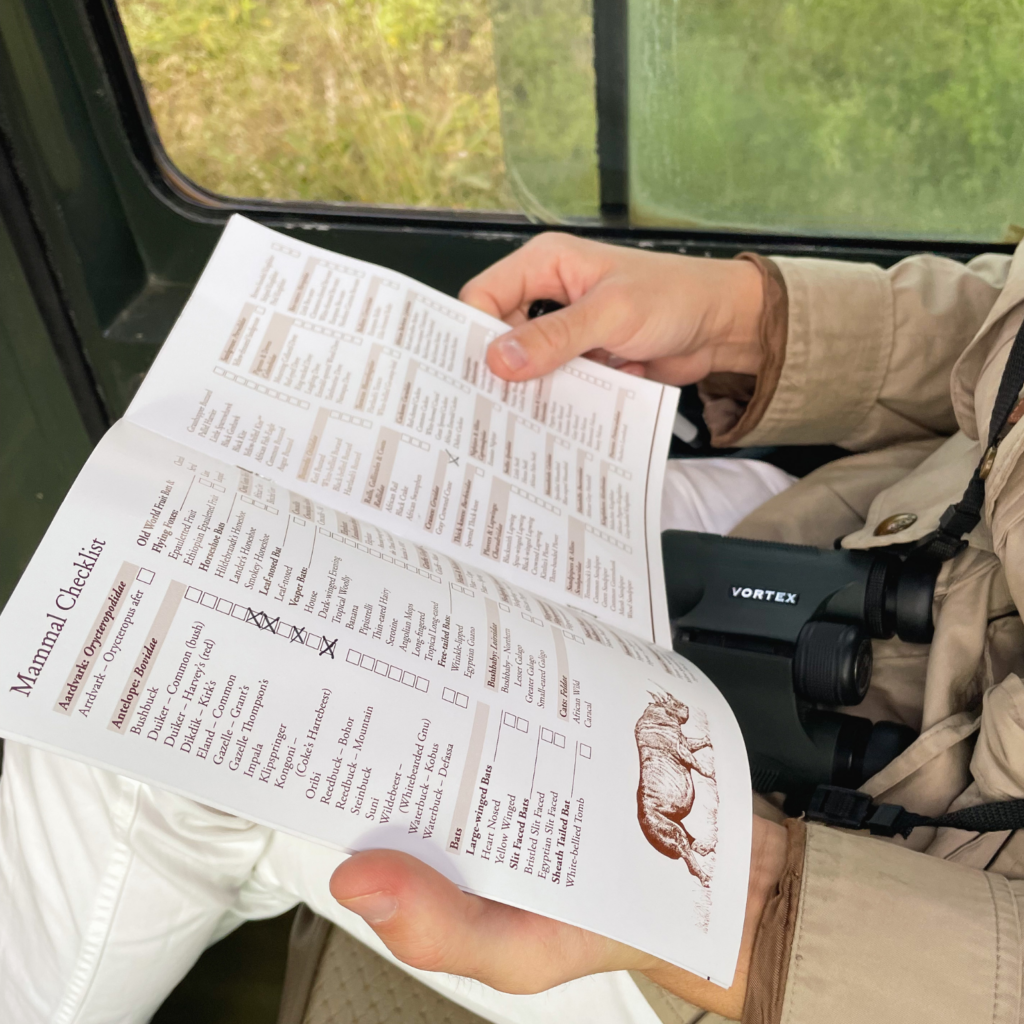
Is Nairobi National Park Worth Visiting?
My husband and I spent six nights in Nairobi during our honeymoon safari. Five were before venturing to the Masai Mara National Reserve, and then one night before our flight home. Splitting our time like this meant that we were treated to game drives in Nairobi National Park both before and after our time in the Mara. From my experience, I can confidently say that yes, Nairobi National Park is well worth a visit! Even compared to Kenya’s other iconic parks, Nairobi has a unique charm that sets it apart from other destinations. Proximity alone makes this park an easy addition to anyone’s travel plans. No detours needed! Between the low park entrance fees, plenty of guide options, and of course location – Nairobi National Park is easily the most accessible safari destination in Africa.
During our journeys into the park, Mother Nature was on our side. We were lucky enough to see numerous lions, hippos, giraffes, zebras, iconic bird species, and many large herbivores. But the sightings that thrilled me most were the amazing views of both the black rhinos and the white rhinos within Nairobi National Park!
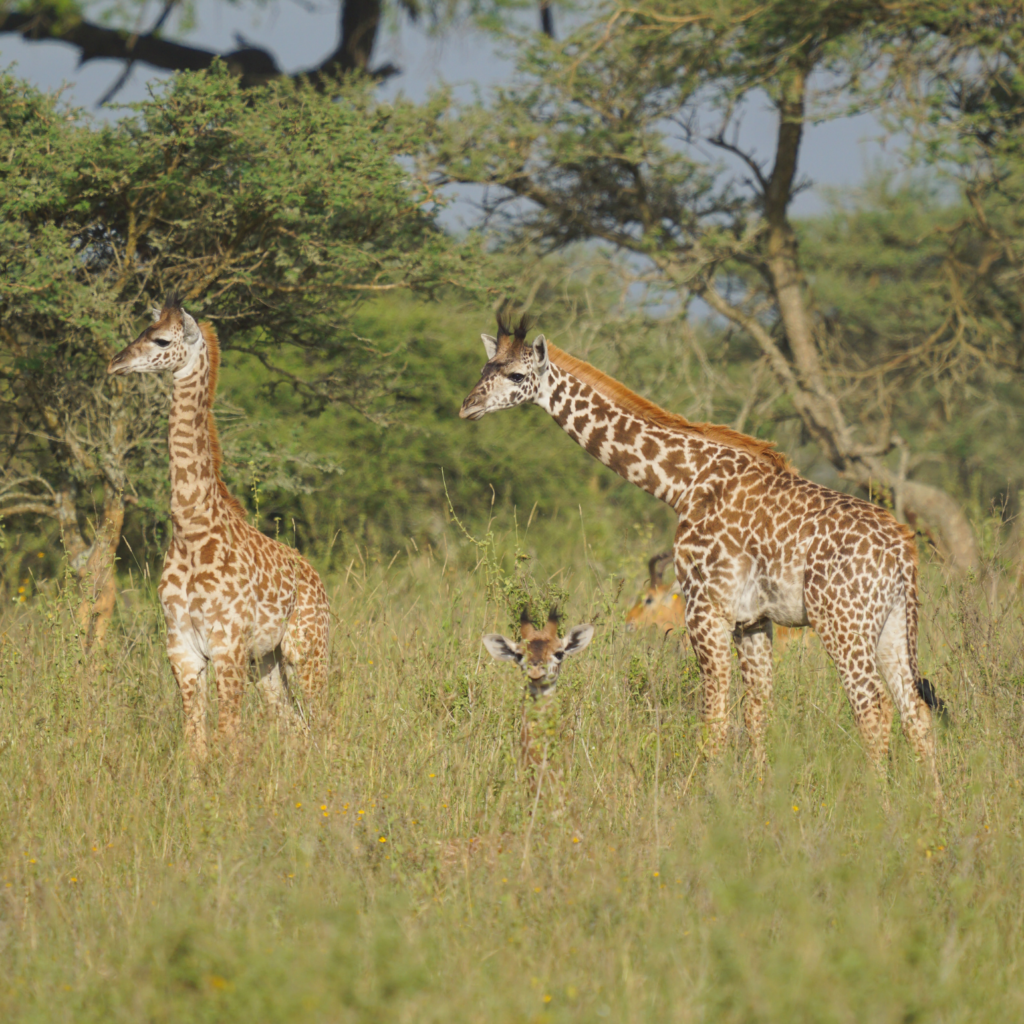
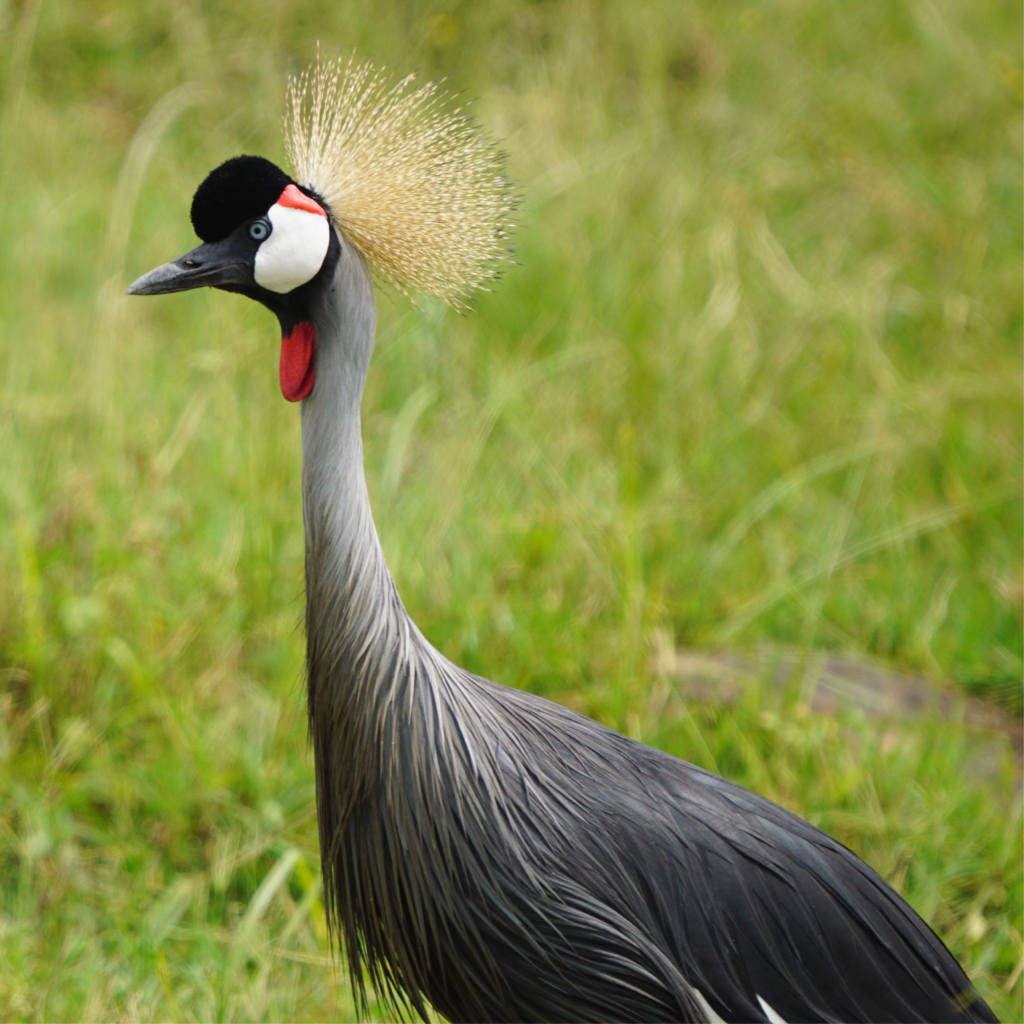
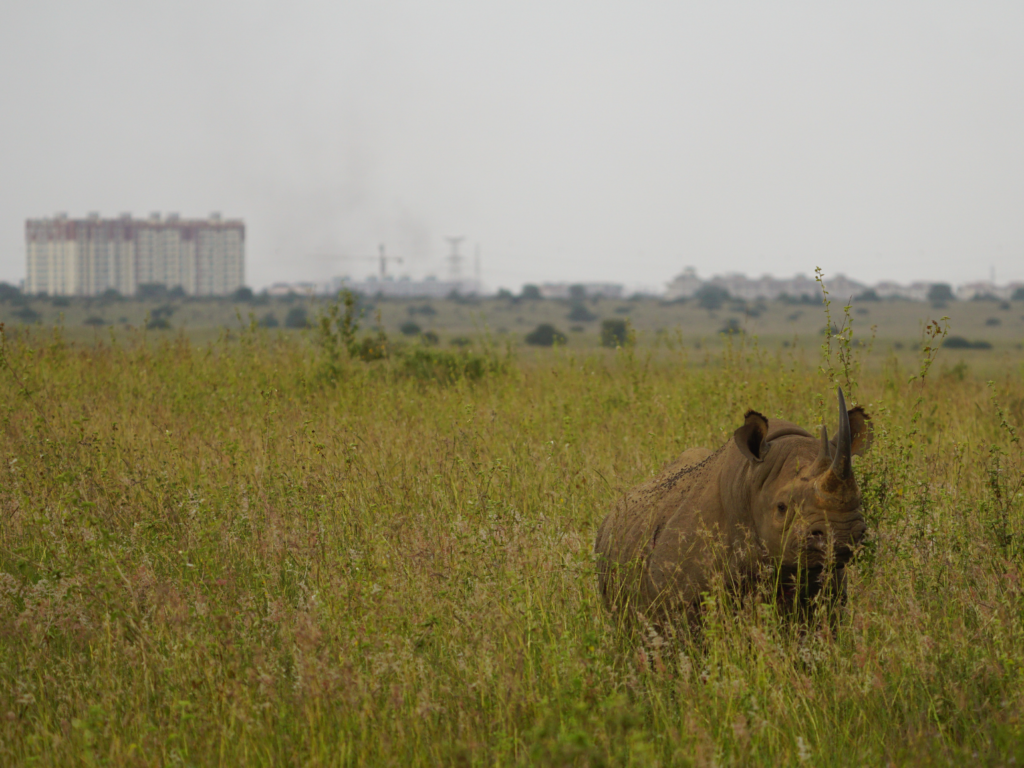
Nairobi National Park’s Rhino Conservation Success
The main highlight of Nairobi National Park is its resident rhinos. In fact, the park hosts one of the highest densities of black rhino in Kenya. Many insist the park is the best location to observe this critically endangered species in the entire country, if not the world! Honestly, my track record would have to agree with these claims. During the course of a three-hour sunset game drive, we managed to observe EIGHT different black rhinos in the park!
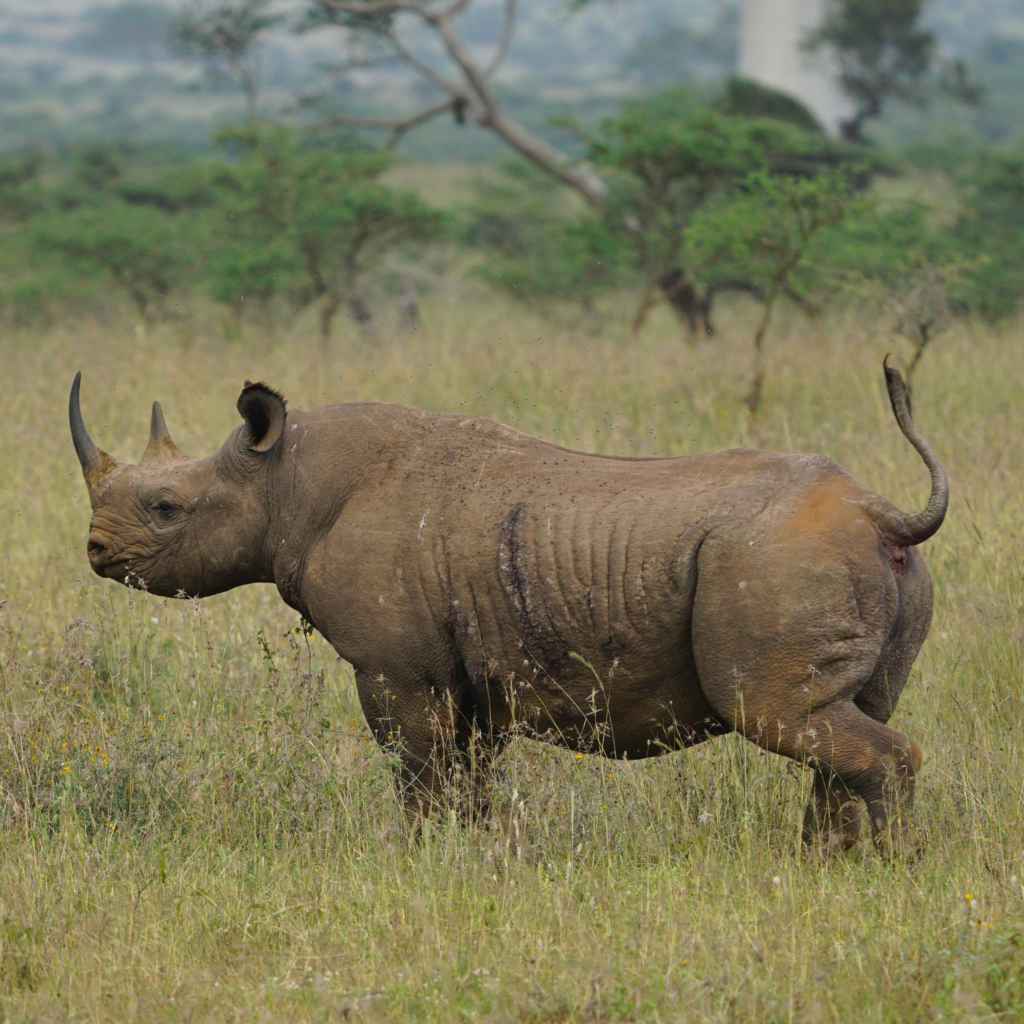

Today Nairobi National Park is home to approximately 111 black rhinos and 24 white rhinos. These population numbers are a true success considering the park was void of rhinos until their introduction back in 1996. At that time Kenya Wildlife Service declared the park a rhino sanctuary for both species and introduced individuals into this urban safe haven. The success of this program is no simple feat. In fact, Kenya Wildlife Service deploys 80 dedicated rhino rangers into the park for 24-hour surveillance and monitoring of the wild rhinos. These rhino rangers are distributed all over the park, to ensure the animals are safe from poachers no matter the time of day. Rhino rangers are integral to the preservation of these species, and their 24:7 surveillance has led to the renowned growth of the park’s rhino populations.
Having ventured on safaris in Botswana, South Africa, Tanzania, and now Kenya – I can say with confidence that Nairobi National Park is a hotspot for viewing rhinos in the wild. Seeing family herds of white rhinos and browsing black rhinos thriving in this park was an unforgettable experience.
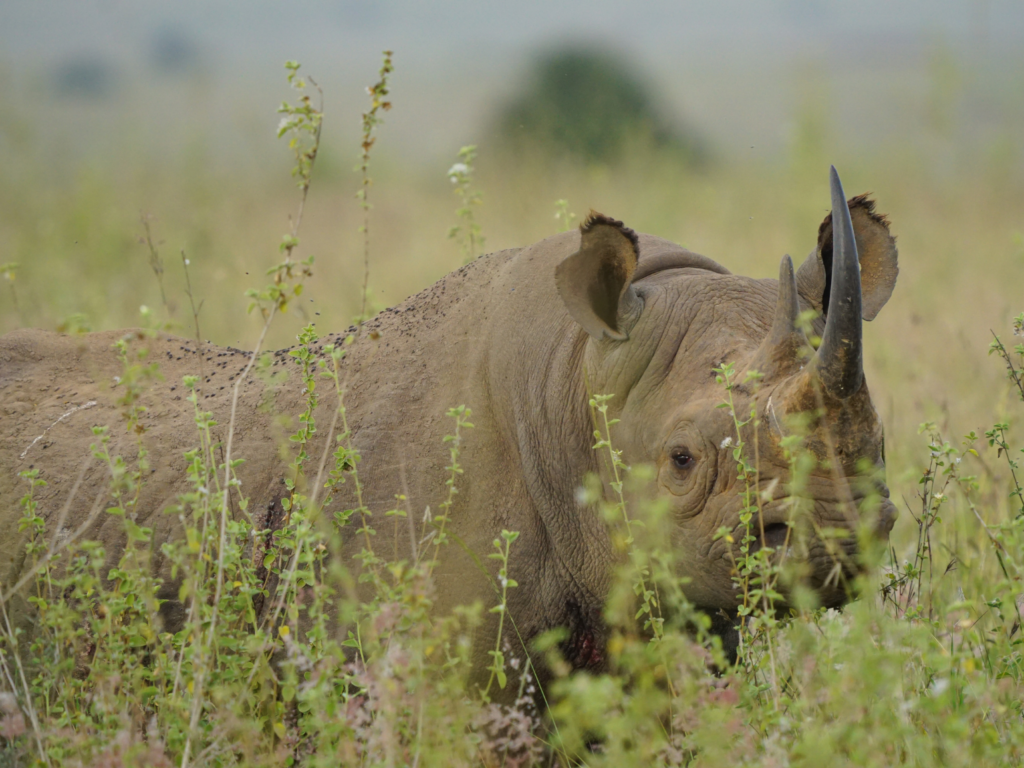
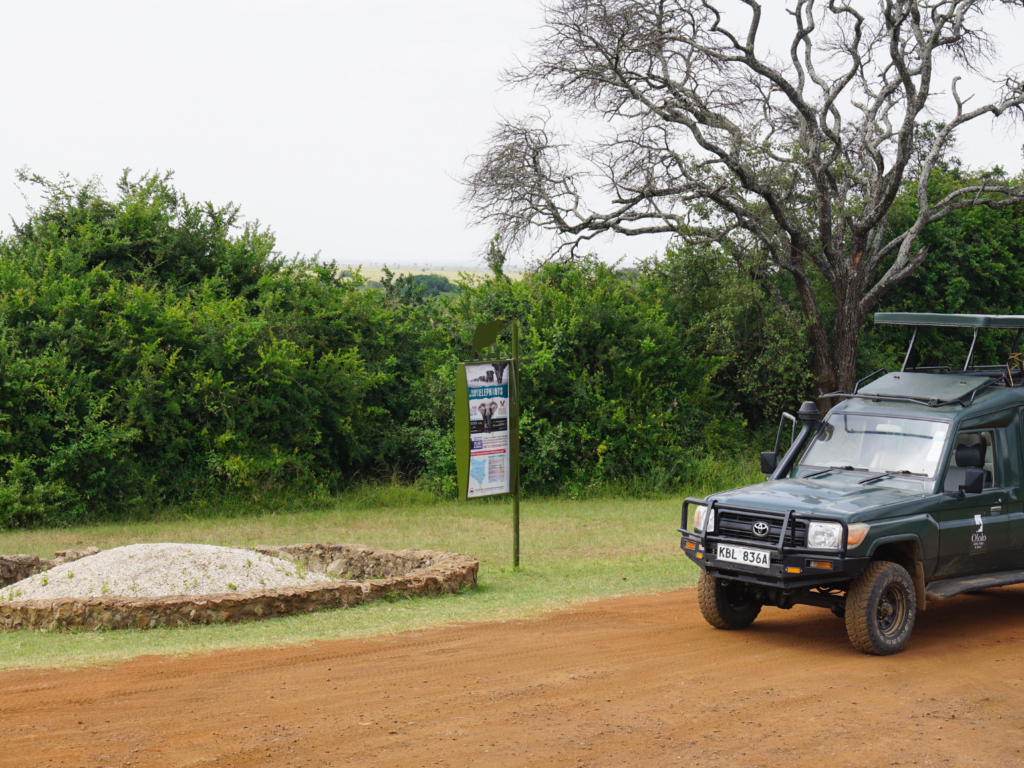
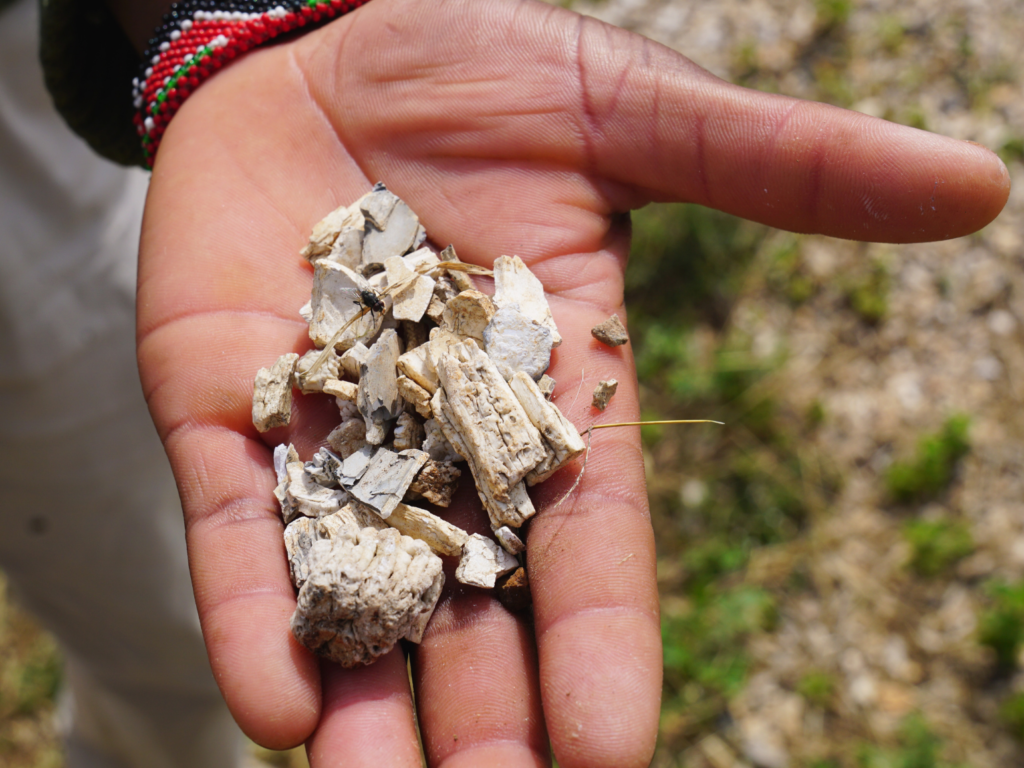
Visiting the Historic Elephant Ivory Burning Site
Just inside the park’s main entrance lies the impactful Ivory Burning Site. This historic space marks the significance of Kenya’s destruction of seized elephant ivory and rhino horn. In 1989, this practice shook the globe as the very first demonstration of its kind, aimed at ending elephant poaching. The event defined Kenya’s stance on conservation and its dedication to eliminating the mass slaughter of Africa’s elephants. Since then, three other burns have occurred in Kenya, with the latest in 2016. In total over 140 tons of confiscated elephant ivory have been destroyed by the Kenyan government. Visitors to Nairobi National Park can walk the grounds where these influential burning ceremonies took place years before. It was jarring to see the scale of the remaining ivory shards left after the burns. The haunting reality is these remains represent over 6,000 elephants murdered at the hands of human greed. A visit to Nairobi’s Ivory Burning Site is a necessary reminder of the vital need for wildlife conservation efforts and the protection of Africa’s precious species.
Downsides of Nairobi National Park
The undeniable downfall of Nairobi National Park is its location within the city. Which ironically is also its claim to fame. The park’s smooth accessibility brings higher vehicle numbers, especially those that are self-driven. Meaning many inexperienced drivers often clog the dirt roadways, and recklessly break the park’s rules. If the high volume of visitors wasn’t taxing enough on the landscape and its wildlife, Kenyan officials continue to encroach on the park, further developing the land. The most recent example of this is the elevated railway constructed over the park in 2019. Towering over the landscape, this 60 foot (18 meters) high elevated bridge cuts through the heart of the park. Thankfully this project was met with heated protest and concern for Nairobi National Park’s future. But unfortunately, construction prevailed. Kenyans are immensely proud of their urban park, rightfully so! But this disgraceful railway sent the clear message from the Kenyan government that development comes first, and nature comes second.
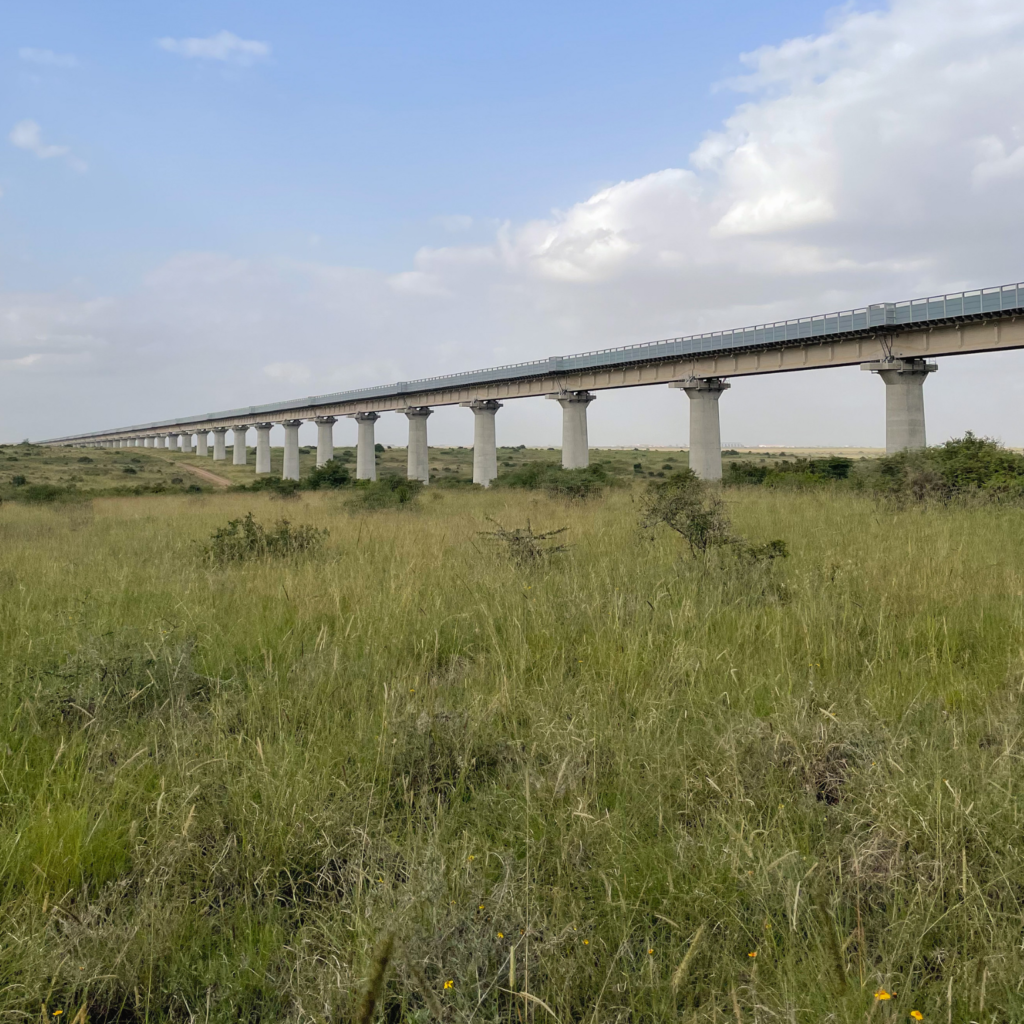
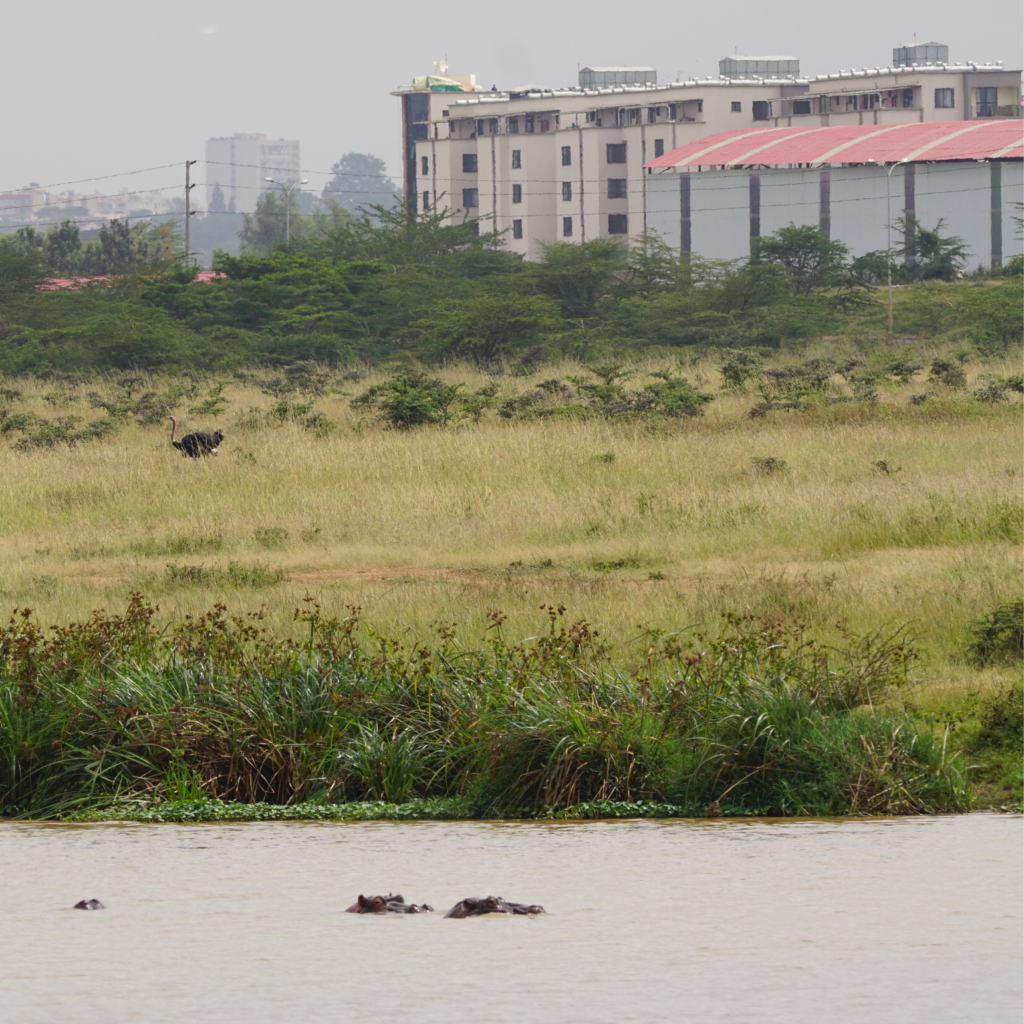
Nairobi National Park’s Iconic View
The park’s thriving wildlife populations will certainly not disappoint. Visitors are sometimes even treated to the sight everybody is after, a view of wild animals in their natural habitat with Nairobi’s skyline flanking the background. Many iconic images have captured this remarkable juxtaposition of wildlife and booming city sprawl. Remarkably, the animals are habituated to the constant air traffic, building lights, and buzz of the city. The wildlife seems unphased by it all. Any wildlife enthusiast would prefer a more natural setting, but the overlap of development and wilderness is oddly compelling in the sense that we can coexist with nature. As long as human development doesn’t continue to further encroach on Nairobi National Park’s urban success.
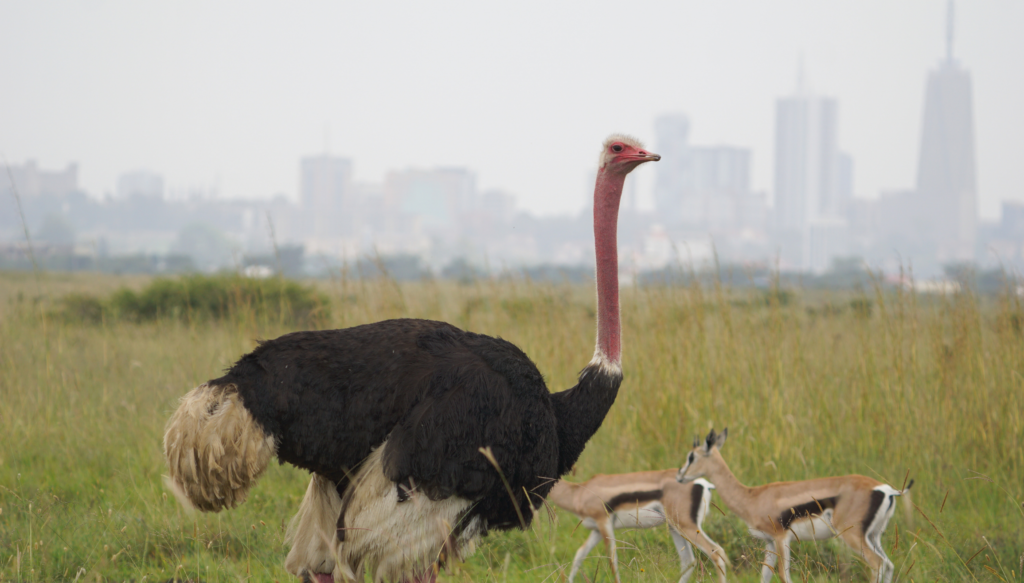
Should you visit Nairobi National Park?
Just 15 minutes from the city center of Nairobi this park should not be missed! Regardless of if you are planning on visiting Kenya’s other famous national parks like Masai Mara, Amboseli, Samburu, or Tsavo – I still recommend a visit to Nairobi National Park. Simply put, there is no other place like it on earth, so you would be remiss to pass on experiencing this special place.
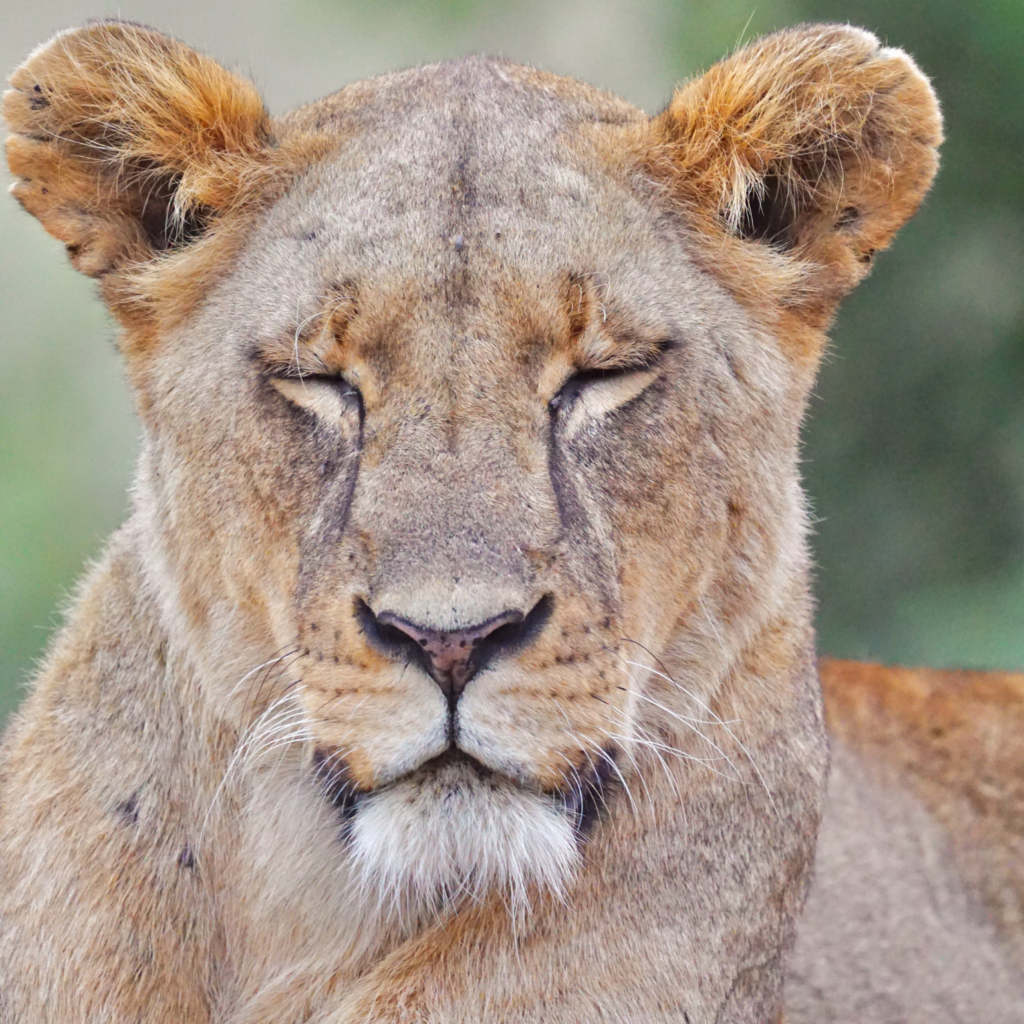
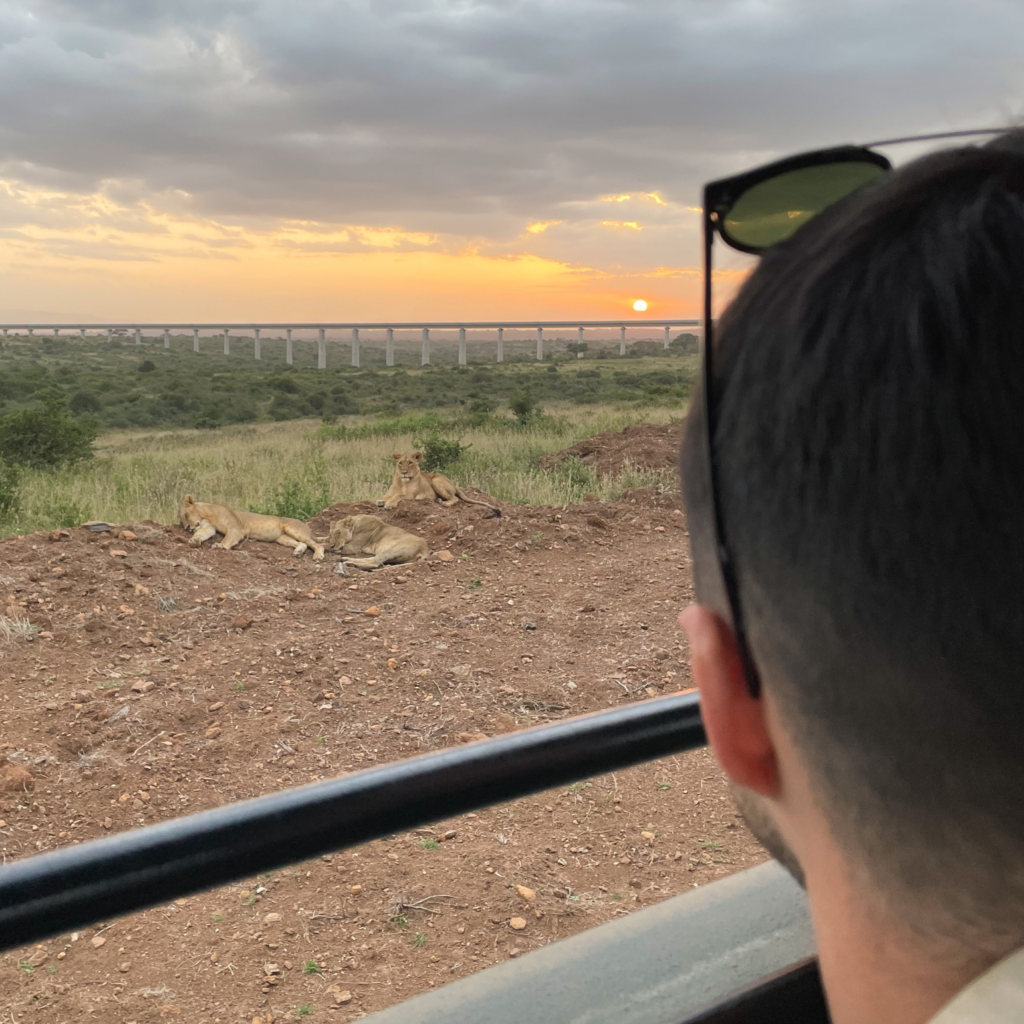
If you are passing through Nairobi, I highly recommend staying at Ololo Safari Lodge. This boutique accommodation is perched on the banks of the Mbagathi River on the southern boundary of Nairobi National Park. Lance and I thoroughly enjoyed our two nights at Ololo. The grounds were colorful with blooms, the staff went above and beyond, plus a stay at Ololo means trading the Nairobi traffic with transfers through the park instead.
I believe that Nairobi National Park is most definitely worth a visit for anyone wanting to connect with Africa’s urban wilderness, and certainly for the opportunity to see black rhinos!
Other Ethical Wildlife Travels in Nairobi, Kenya
- Giraffe Manor: Ethical Wildlife Encounter or Not?
- Elephant Orphans: Visiting Sheldrick Wildlife Trust



